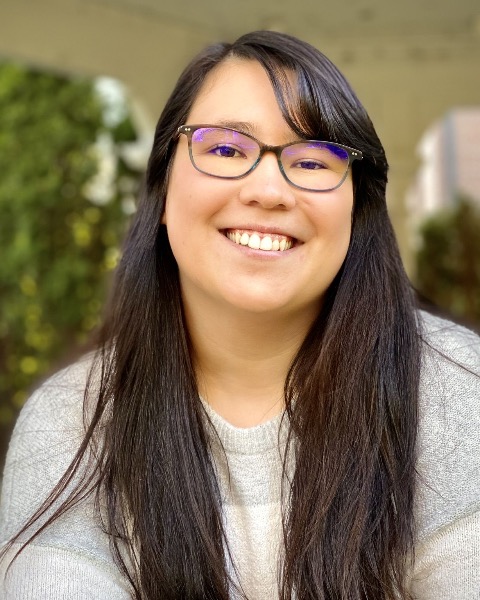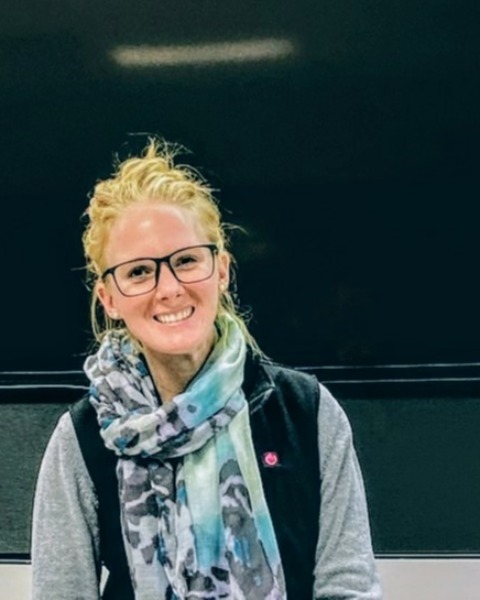Research (R)
PP1333 - Temporary Auditory Changes Following a Virtual-Reality Music Concert

Dana Notaro, B.S. (she/her/hers)
Central Michigan University
Mt Pleasant, MichiganFinancial Disclosures: I do not have any relevant financial relationships with anything to disclose.
Non-Financial Disclosures: I do not have any relevant non-financial relationships with anything to disclose.
Sarah K. Grinn, PhD, AuD (she/her/hers)
Assistant Professor
Central Michigan University
Midland, MichiganFinancial Disclosures: I do not have any relevant financial relationships with anything to disclose.
Non-Financial Disclosures: I do not have any relevant non-financial relationships with anything to disclose.
Lead Presenter(s)
Presenter(s)
Animal studies of noise-induced, cochlear synaptopathy have revealed a selective, neural lesion that cannot be detected by conventional audiometry. However, the translational effects of such a selective, neural injury in humans remains unclear, with inconclusive reports of the appropriate clinical measurements to detect noise-induced synapse lesion. The World Health Organization (2015) called young-adult music listening habits a “global emergency”; therefore, this study evaluated the effects of increasingly popular “virtual-reality” (VR) music concerts on temporary hearing changes. 30 participants (18-25 yr) with baseline thresholds <16 dB-HL (.25-8 kHz) performed audiometry and auditory brainstem response testing following a popular VR music concert.
Summary:
The purpose of this study was to look at wave I amplitudes in participants before and after a virtual reality concert stimuli, and to assess if normal audiometric data is present with a decreased wave I amplitude. Our hypothesis was there would be no change in the cochlear nerve response observed by the ABR wave I amplitude post exposure.
Thirty participants ranging from 18-25 years old with normal hearing, bilaterally were included in this study. Normal hearing was defined as thresholds at or below 16 dB HL for all frequencies from 250 Hz to 8,000 Hz and no air-bone gap greater than 10 dB HL This research had two sessions which a participant had to complete. Session A included a baseline audiogram with extended high frequencies, DPOAEs, tympanometry, and unaided real ear measures with a pink noise stimulus from the VR headset. An Auditory Brainstem Response (ABR) for the left ear only was performed with the Intelligent Hearing Systems (IHS). Placement of electrodes was consistent with an FZ/A1 ipsilateral channel. Protocols included an 82 dB nHL click with a fast and slow rate of 27.7/sec and 7.7/sec for 1024 sweeps collected using a rarefaction phase and a 2000 Hz and 4000 Hz tone burst at 90 dB nHL with slow and fast rates of 27.7/sec and 7.7/sec for 1024 sweeps collected using an alternating phase. Participants were asked to refrain from singing and dancing during the concert to prevent change in the headset fit and in-ear sound levels. The concert consisted of the Chainsmokers’ concert at Lollapalooza (1 hour 28 minute run time) with crowd and effects noise to simulate the atmosphere of an in-person concert. Immediately following the concert, blood pressure DPOAEs, retesting of audiometry with extended high frequencies, and ear specific WIN testing was conducted. Participants were then asked to schedule their session B within 1 to 7 days. The purpose of session B was to assure temporary threshold shifts had been resolved and there were no permanent changes. The following procedures were retested: otoscopy, tympanometry, DPOAEs, standard audiometry, extended high frequency audiometry, WIN testing (both ear specific and soundfield), and ABR of the left ear only. Data distribution normality was tested using the Shapiro-Wilk Normality Statistic with a criterion of p = 0.05. Equal variance assumptions were tested (Brown-Forsyth Test) using p = 0.05. If either test failed, a non-parametric test was used. Sex differences were analyzed using a two-way ANOVA with sex and frequency as dependent variables. A two-way ANOVA was used to detect differences in Wave I amplitude before noise exposure and 1 week after noise exposure in females and males.
The outcome of this study concluded there was no change in the cochlear nerve response after the concert exposure. This is because the only evidence of cochlear synaptopathy that has been verified to date has required a severe (40+ dB) temporary threshold shift, while this music concert only produces 0-10 dB of threshold shift.
Learning Objectives:
- Identify the risk of cochlear synaptopathy from a recreational noise exposure.
